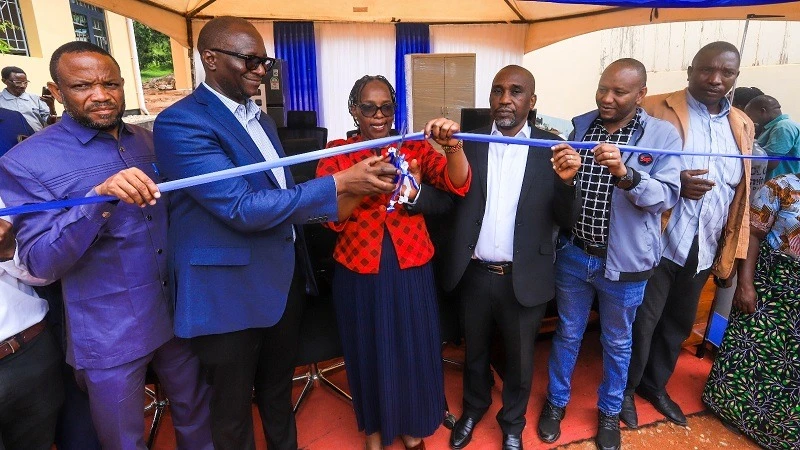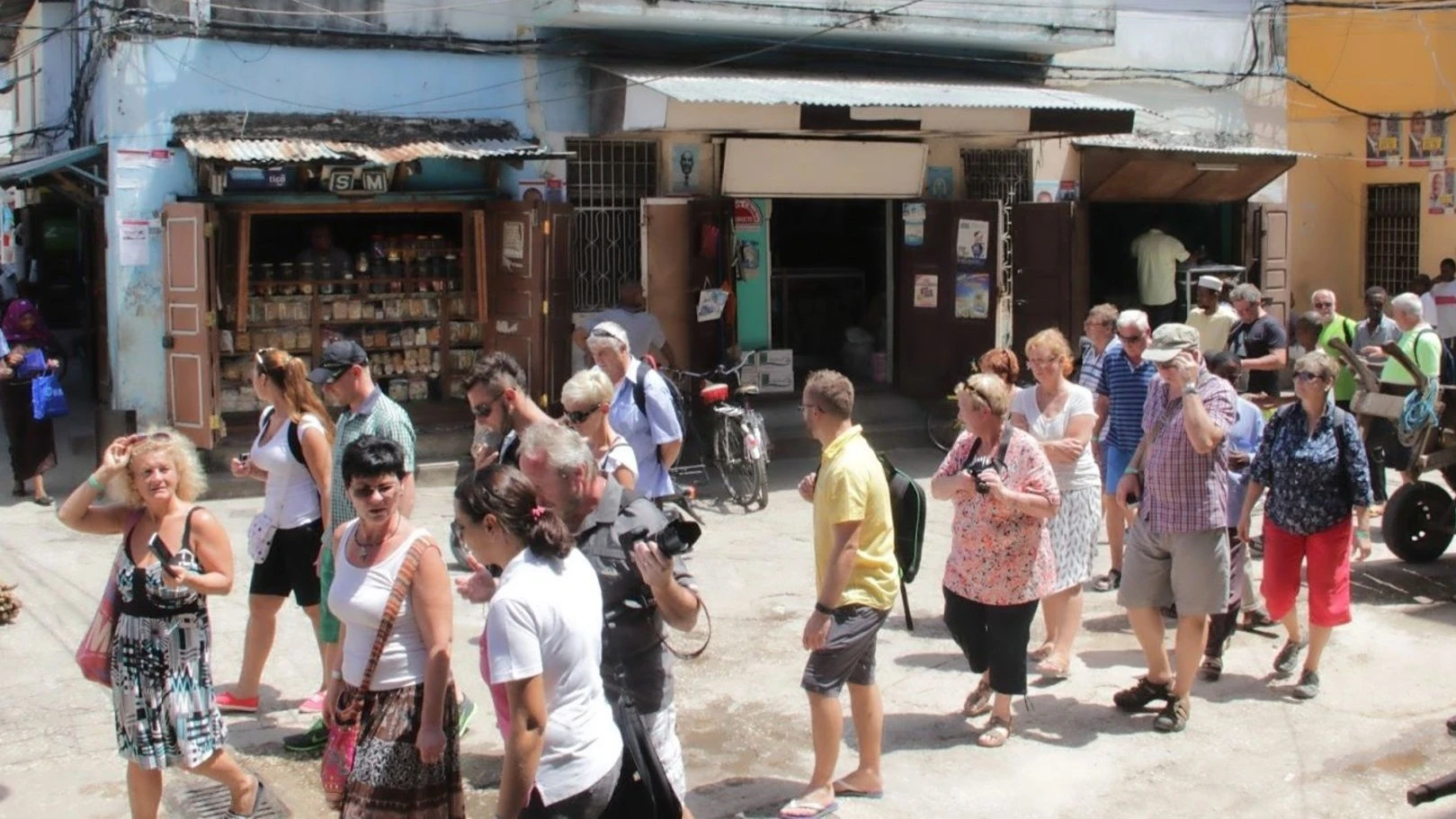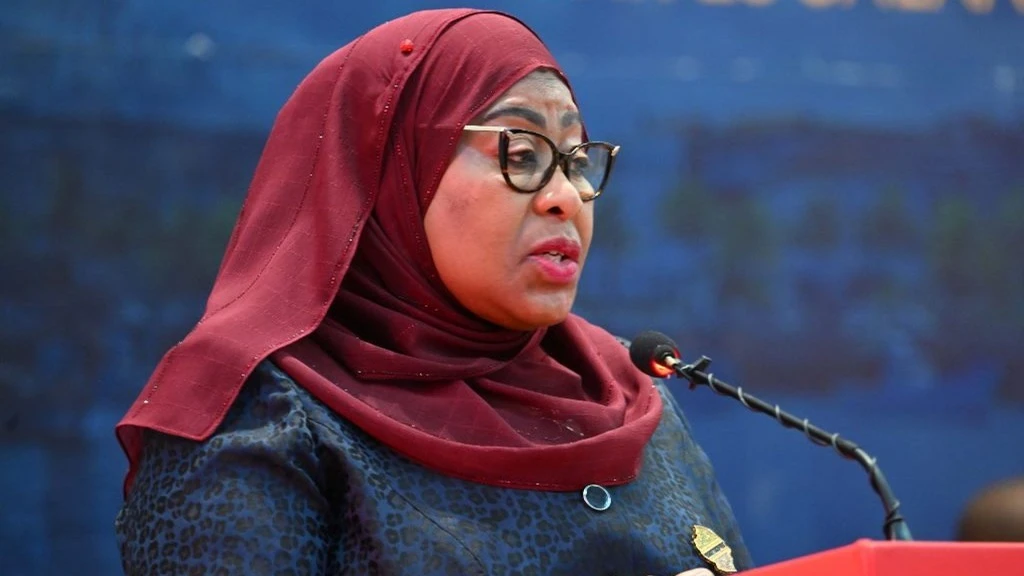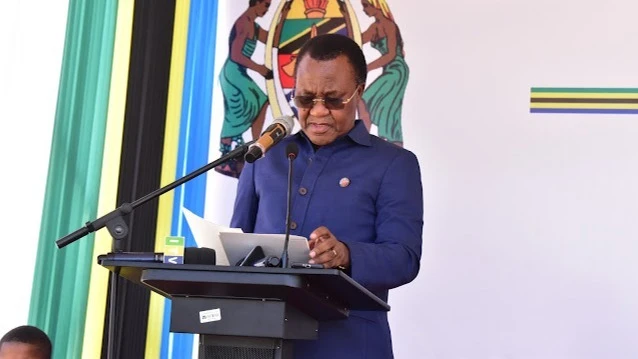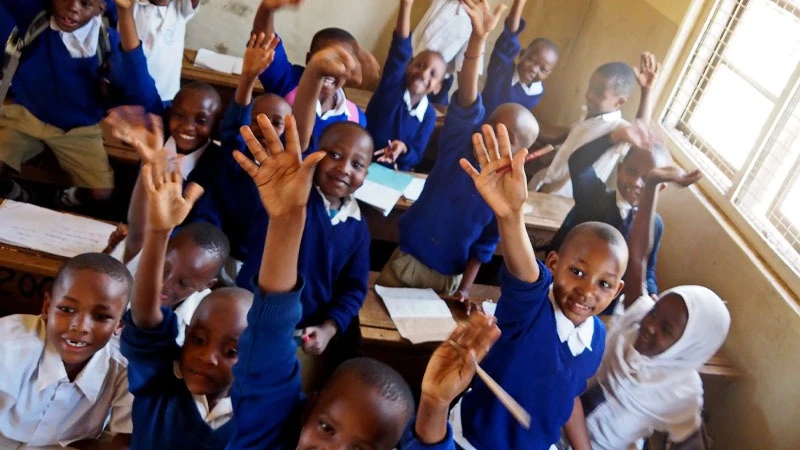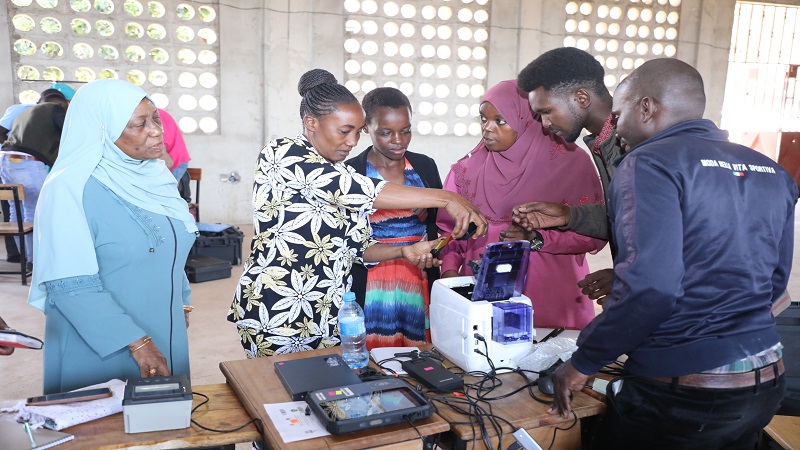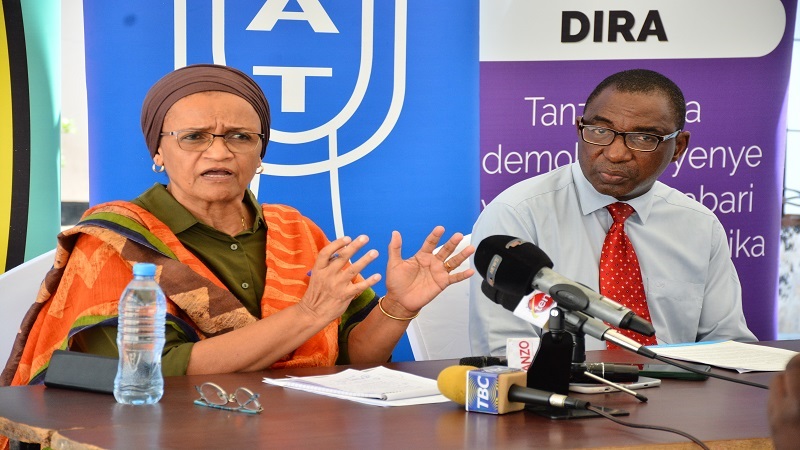Livestock sector stakeholders consulting ahead of new plan
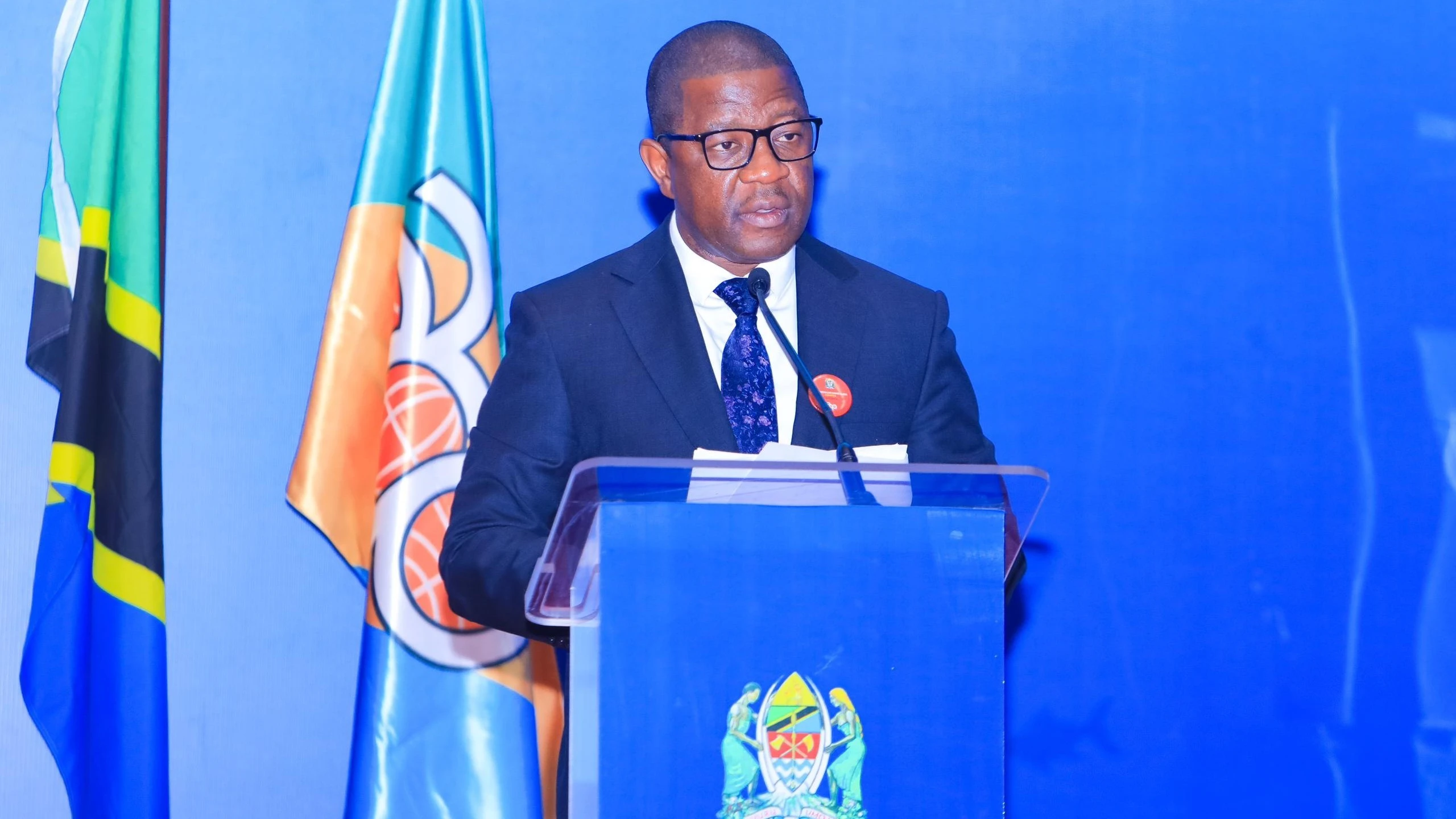
STAKEHOLDERS in the livestock sector are taking stock of achievements in the livestock master plan rolled out in 2017, ahead of the launch of a new five-year plan for the sector.
Abdallah Ulega, the Livestock and Fisheries minister, officiated at the opening of a meeting bringing together development partners, the private sector, civil society and the media, where he asked the participants to critically discuss what to improve in the 2022/23-2026/27 plan.
The Livestock Sector Transformation Plan (LSTP) is expected to build on the successes of earlier plans to strengthen breeding and animal health programmes, he said, elaborating that LSPT provides sector actors with evidence on where to invest in the livestock sector to achieve national development goals.
It is also designed to meet regional and global commitments such as the Comprehensive African Agriculture Development Program (CAADP) and the United Nations Sustainable Development Goals (SDGs).
The original plan was launched in 2017 as a collaborative development plan between the government, the private sector and non-governmental organizations, to identify and strengthen priority livestock value chains and production systems, he said.
“Its goal was to translate national livestock sector priorities into realistic and achievable time-bound targets and objectives guiding sectoral investment decisions,” he specified.
Stressing the vital role of the livestock sector, he acknowledged the development partners and the private sector in developing the sector and improving livelihoods.
The government has a regulatory role in a sector dominated by private players, with government ranches holding upwards of 100,000 animals, among 35m livestock numbers, he stated.
The minister said while several gains have been realized in the livestock sector, a lot more needs to be done to increase the sector's contribution to the national economy and improvement of individual livelihoods.
“The sector can help create jobs and earn foreign currency, strengthening national development.” he remarked, tasking the stakeholders’ meetings with identifying what needs to be done to accelerate investments in the sector.
Dr Charles Mhina, director of administration at the ministry, said the meeting will scan successes and challenges in the implementation of the previous plan.
“In the past five years we have realized the strength of the sector in creating development changes and we now need a common understanding on implementing the new plan” he said.
Amos Omore, the eastern and southern Africa representative for the International Livestock Research Institute (ILRI), said that researchers and development partners have a common interest in improving the livestock sector.
Focusing on extension services improvement, he said that it is an area requiring significant attention as access has been declining. Tanzania’s livestock resources account for 11 percent of the continental cattle population, with 33.8m cattle, 24.5m goats and 8.4m sheep.
It also has 1.9m pigs, 38.2m local chicken and 36.6m improved chicken in stock, with the sector touching on activities of 4.6m households earning incomes from livestock keeping, official data indicates.
Top Headlines
© 2024 IPPMEDIA.COM. ALL RIGHTS RESERVED






